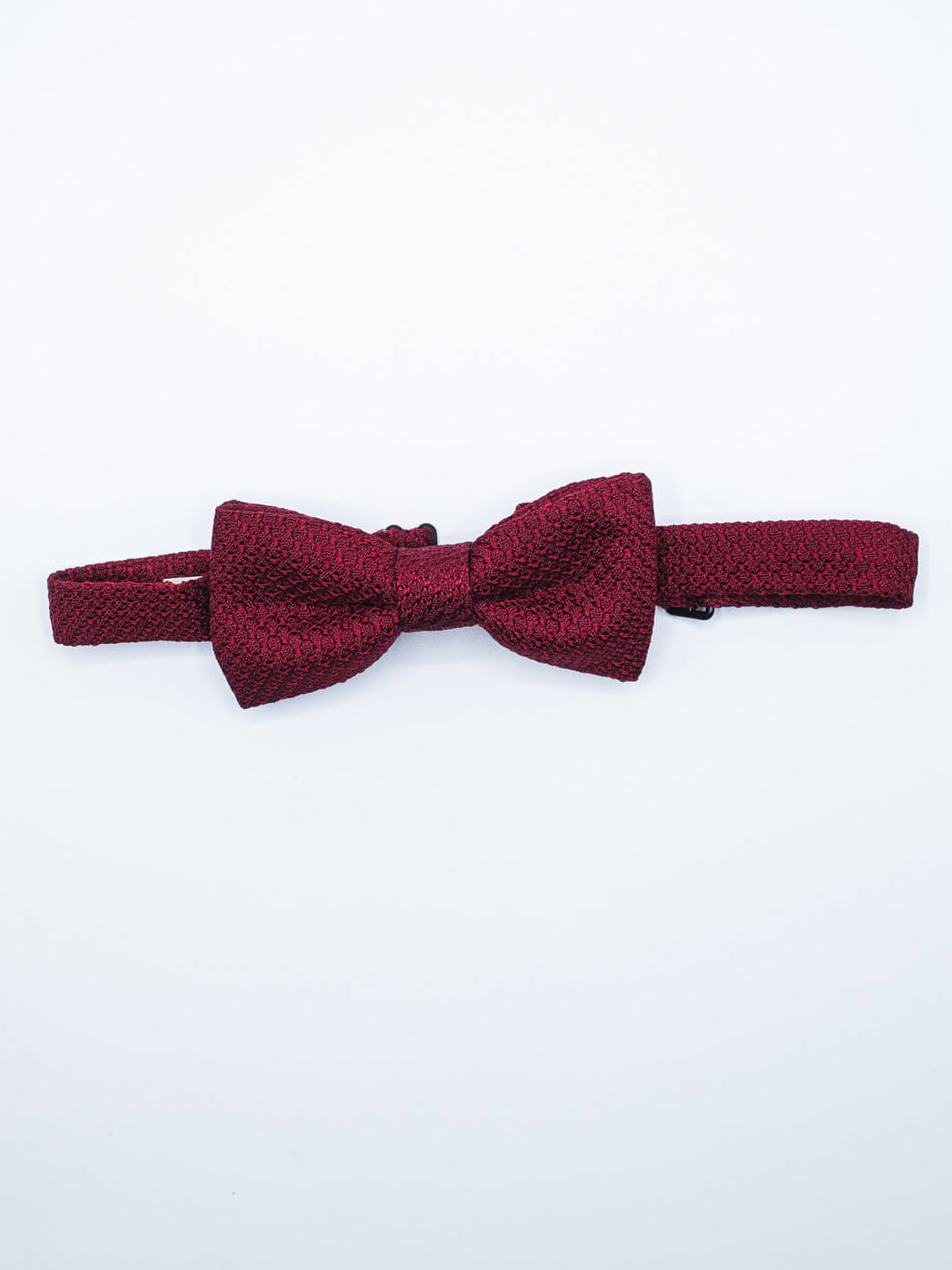When it comes to a well-made suit, most people focus on the obvious details: the fabric, the style, and, of course, the fit. But there’s one element that often flies under the radar—the lining. Don’t let it fool you, though; a good lining is just as important as any other part of the suit. Firstly, lining keeps the wearer comfortable, providing a smooth, frictionless feel. And secondly, it gives a jacket much needed structure and drape. It's proof that the most important details often lie just beneath the surface. In this guide, we’ll dive into why suit lining matters, the different materials used, and when it makes sense to choose an unlined or half-lined jacket over a fully lined one.
What is Suit Lining? Understanding the Basics
You’ve probably heard the term “well-draped suit,” but did you know that a lot of that magic comes from the lining?
A suit’s lining improves the overall appearance of a jacket by shaping itself around the wearer and contributing to a pleasing silhouette. If it’s a fully lined suit from top to bottom, lining will add some additional weight and structure to the jacket, which makes for a more elegant and formal appearance. But if it’s a half-lined or unlined jacket, you’ll be sacrificing form for the benefit of a lighter, more breathable garment. So keep that in mind.
Beyond looks, lining also serves a practical purpose. It protects high-wear areas like the shoulders and underarms, helping your jacket last longer by reducing friction. It also acts as a barrier against stains and dirt, which are much easier to clean from the lining than from the outer fabric. Some linings even come with stain-resistant finishes, offering an extra level of protection. So, while it’s often overlooked, lining is key to both the style and durability of a suit.
Lined vs. Unlined Jackets
There are several options when it comes to jacket lining: fully-lined, half-lined, quarter-lined, or unlined. A fully-lined jacket is your classic, structured option, ideal for cooler days when extra insulation is welcome. These jackets have lining throughout the entire interior, covering the back, sleeves, and sides.
For those seeking more mobility and breathability, half-lined and quarter-lined jackets are better choices. A half-lined jacket leaves the lower back unlined while still providing coverage in most areas, whereas a quarter-lined jacket leaves both the lower back and sides unlined for even greater airflow.
Finally, the unlined (or unstructured) jacket skips the lining altogether, except perhaps in the sleeves, to make it easier to slip on and off.

So, when should you wear each type of jacket? A fully-lined jacket is your go-to for formal occasions, such as important business meetings or special events, and it's also the most versatile option. It offers structure and polish, making it suitable for a wide range of settings.
Partially-lined jackets, while slightly more casual, still retain most of their shape and are ideal for warmer days when you need a bit more airflow.
Unlined or unstructured jackets are the lightest and most breathable choice, offering maximum mobility but at the cost of increased creasing (though this depends on the fabric) and a higher price due to the craftsmanship involved in finishing areas that would normally be hidden by lining. Anatoly & Sons' Trailblazer Traveler Jacket is a perfect example of an unstructured option, best suited for laid-back, casual outings.
Jacket Lining Materials
There are a select few materials popularly used in suit lining. Most tailors use a form of rayon or viscose, which you might hear called by various names like “Cupro,” or the brand name “Bemberg,” or “Ermazine.” These feel soft like silk and even have a nice shine to them. Acetate is another commonly used semi-synthetic fiber you’ll see.
If you’re a purist, you might think silk is a better material to use, but it has several downsides. For one, it’s costly, and not many tailors use it for lining. Why would they when semi-synthetics cost significantly less per yard, feel like silk, and function better in all respects? Silk is also simply too delicate of a material to be used for lining, and it’s not as breathable as the semi-synthetics we mentioned above.

Jacket Lining Colors & Prints
Traditional suit lining has always matched the color of the suit. Perhaps that’s why few ever think about the lining because it does such a good job of blending in. But today, lining can come in contrasting colors and custom prints. While some of our suits have solid tone-on-tone lining, many are in rich colors like burgundy and patterns like blue paisley. Some of our suits have custom prints that we make for our clients to create an unforgettable personalized garment. For an example of this, take a look at our Blue Dormeuil Suit with Venice Lining.
Bespoke Suit Lining: Design Your Own
At Anatoly’s, we allow our clients to either send us their own prints or choose from a collection of ready-made swatches. Our store is located in the bustling city of Oakland, CA, where knowledgeable tailors and associates can help you find what you need. You can stop by when you’re in the area, or book an appointment online when you’re ready for a one-on-one consultation with our staff.









